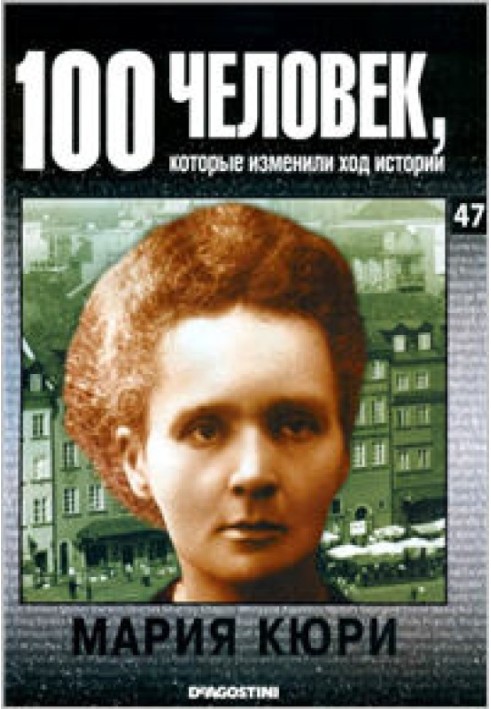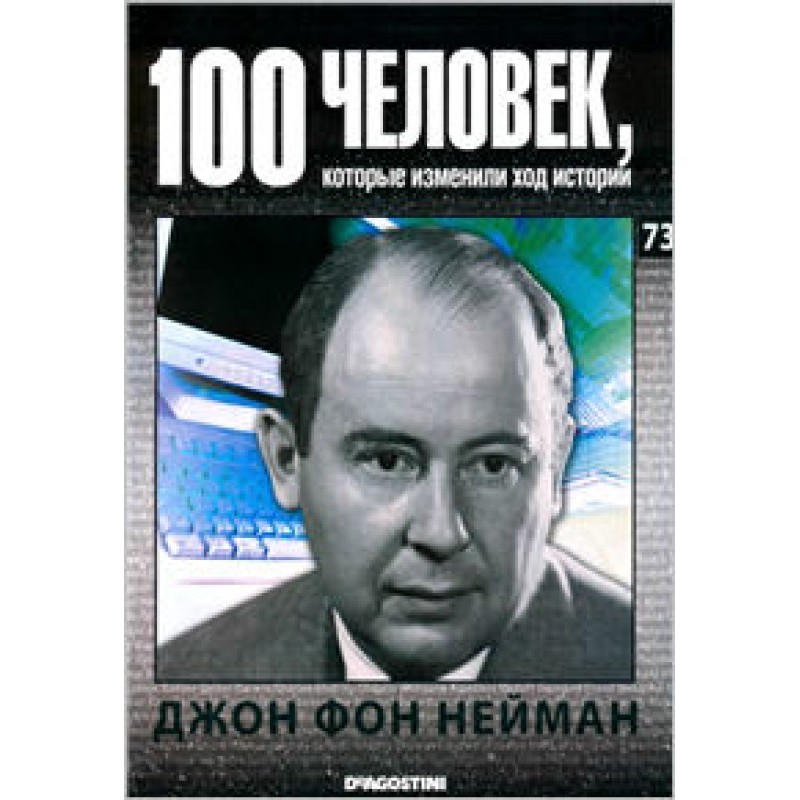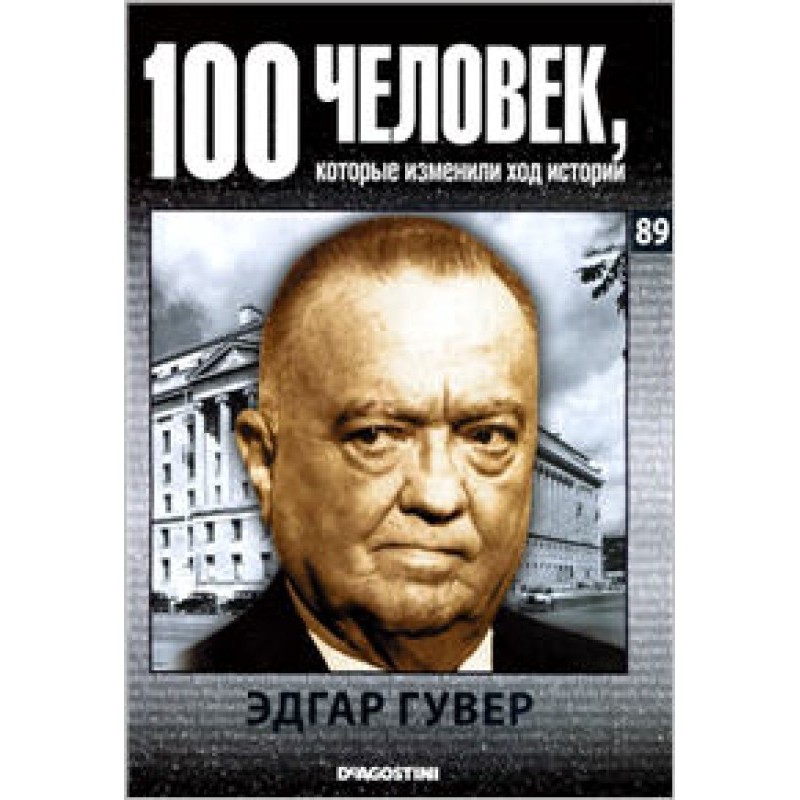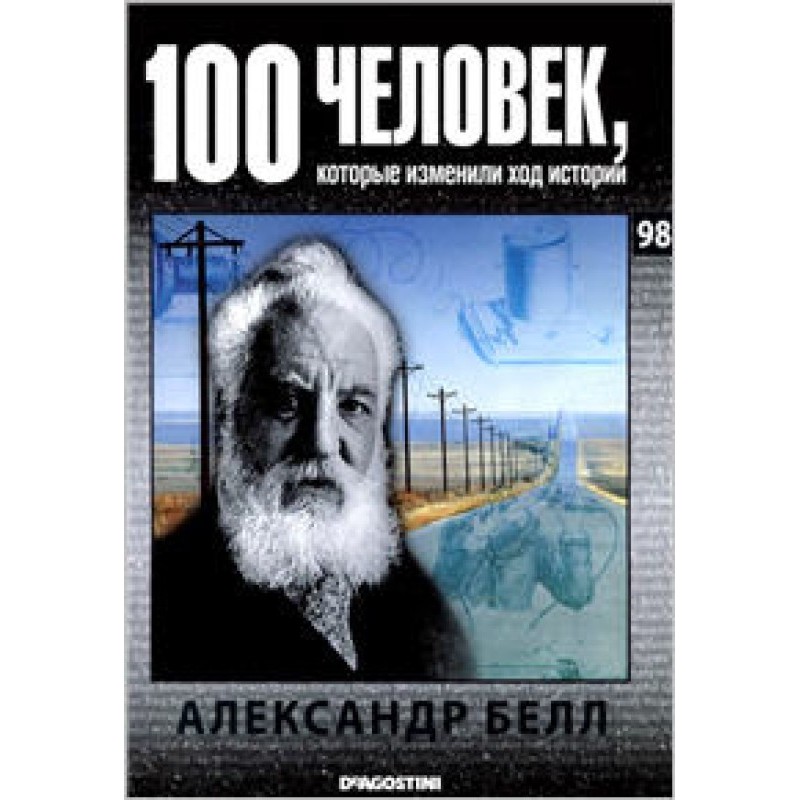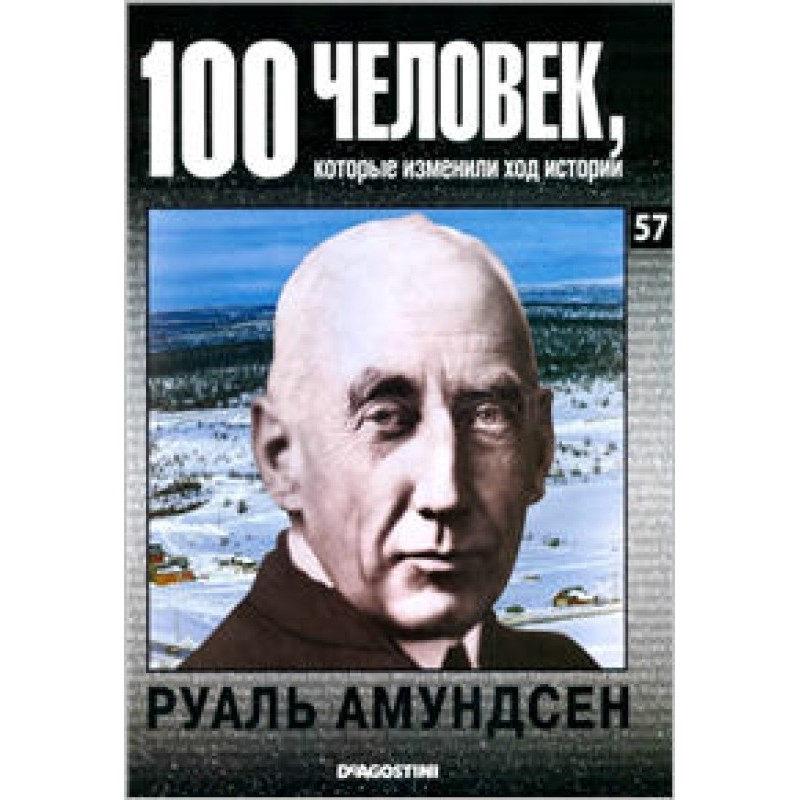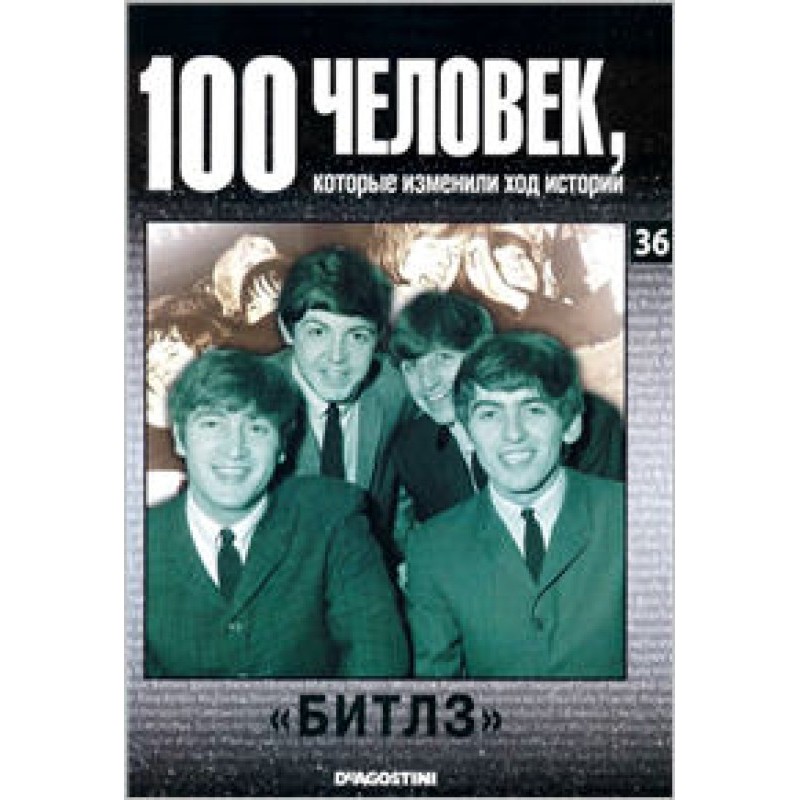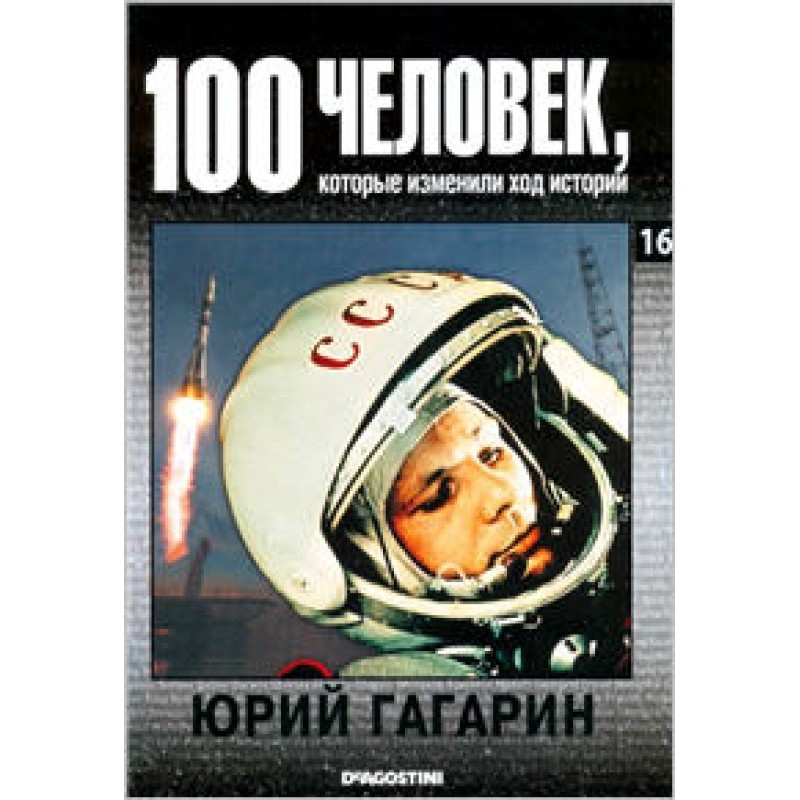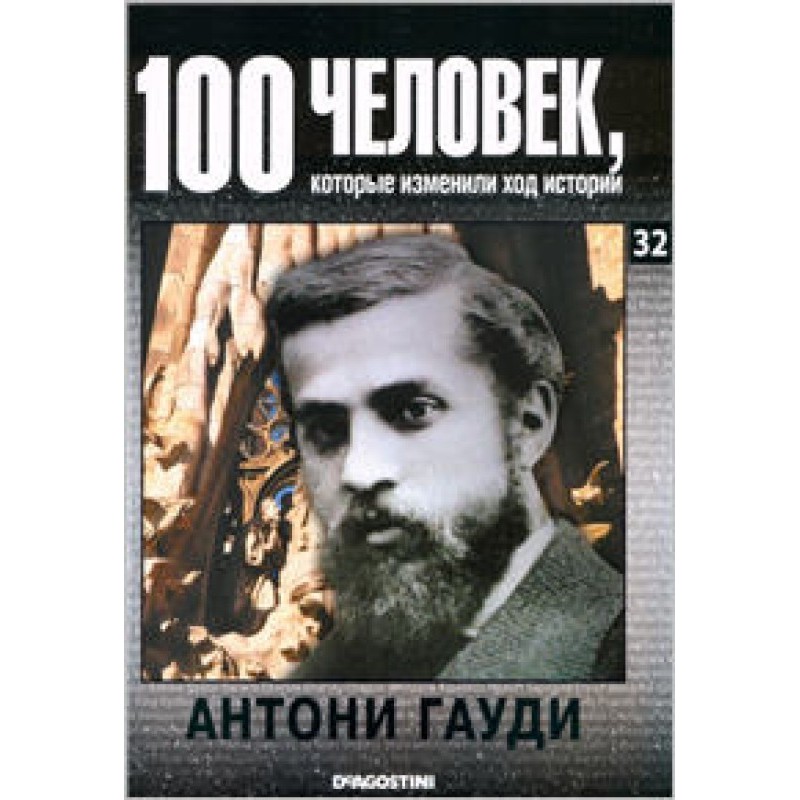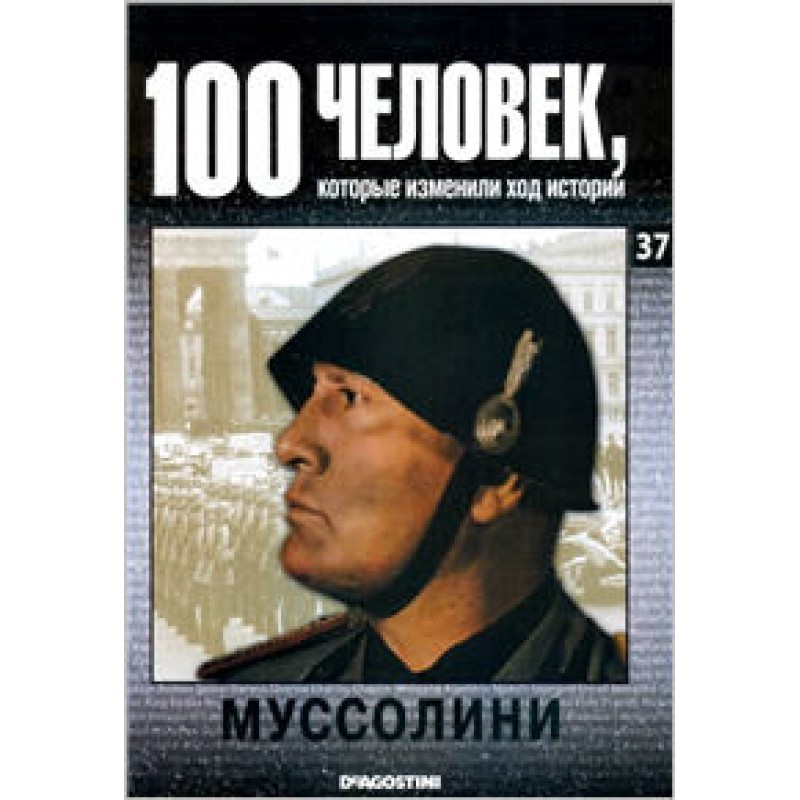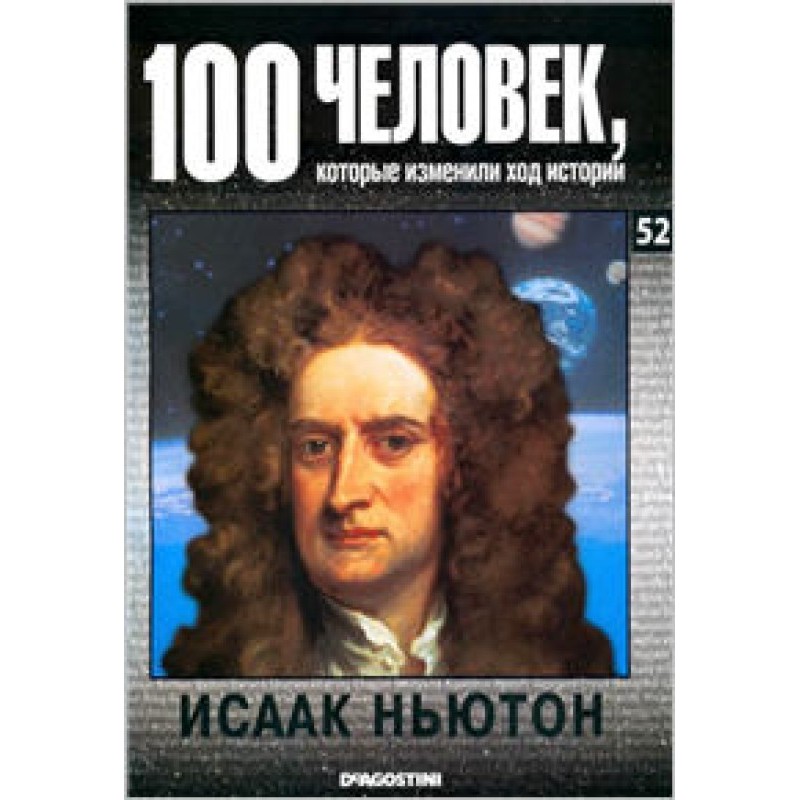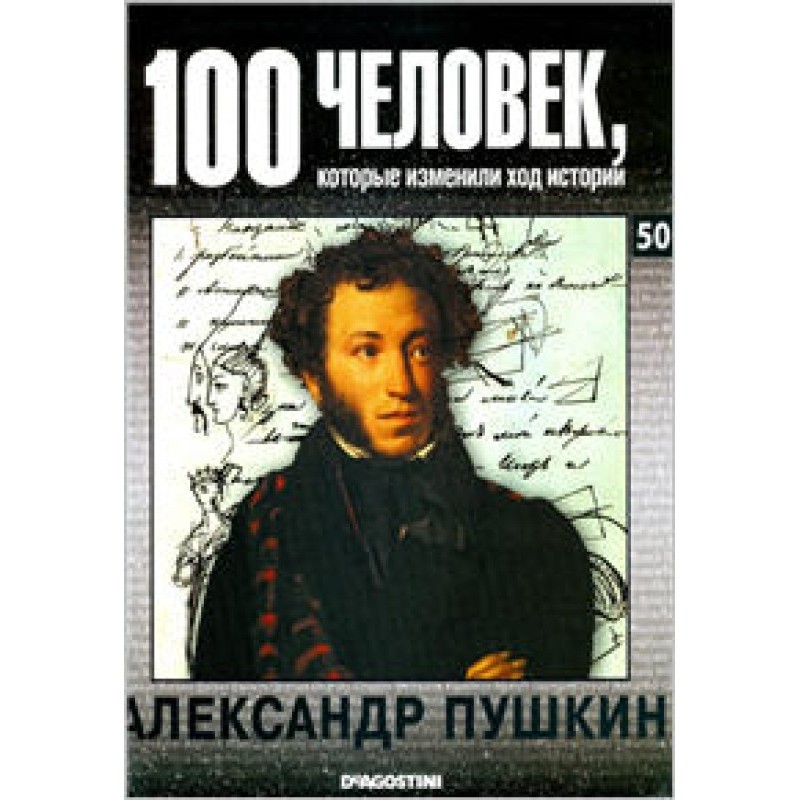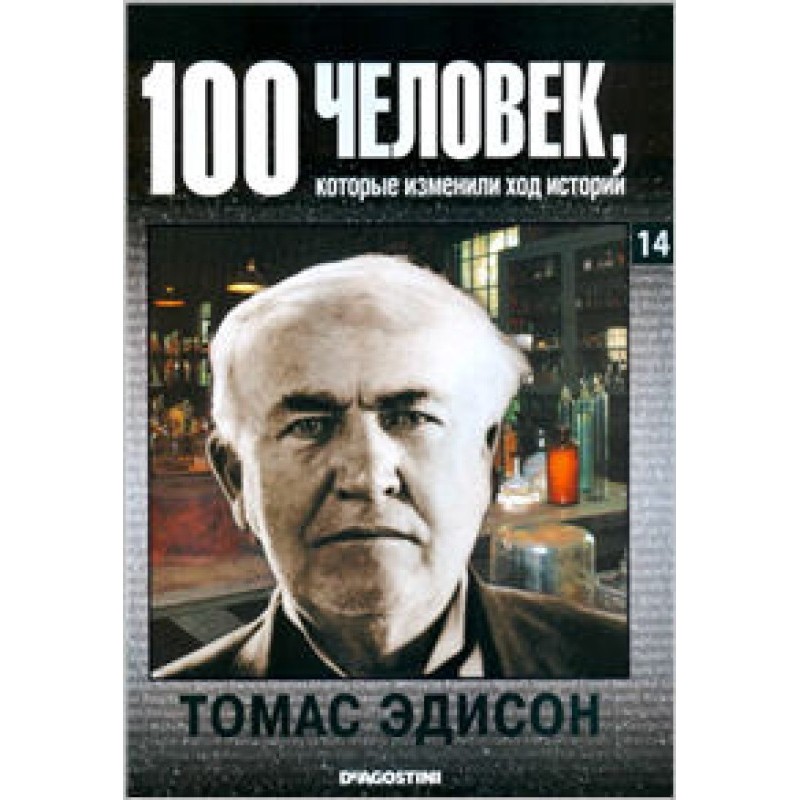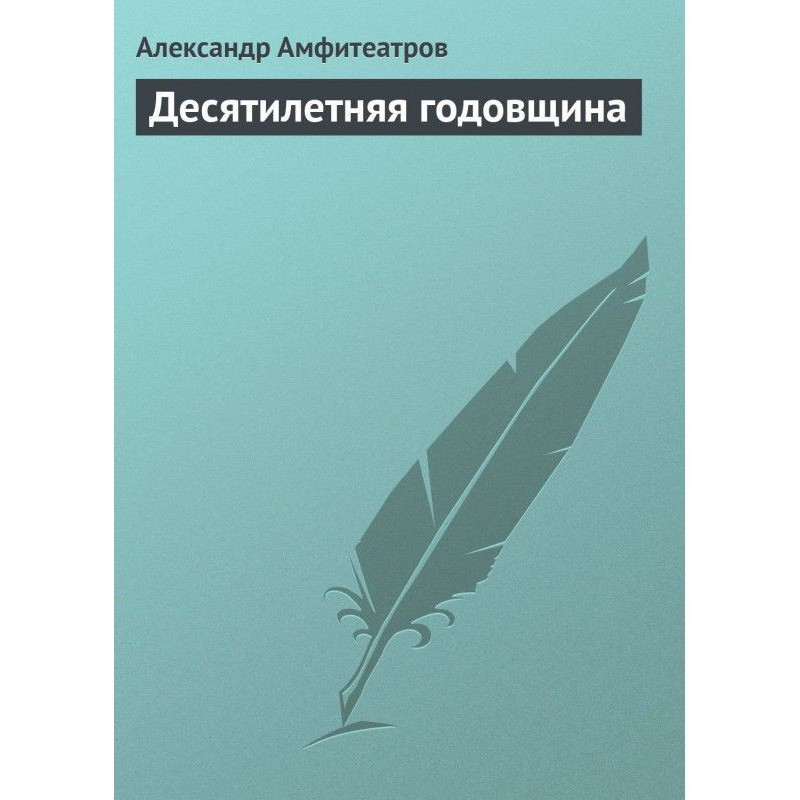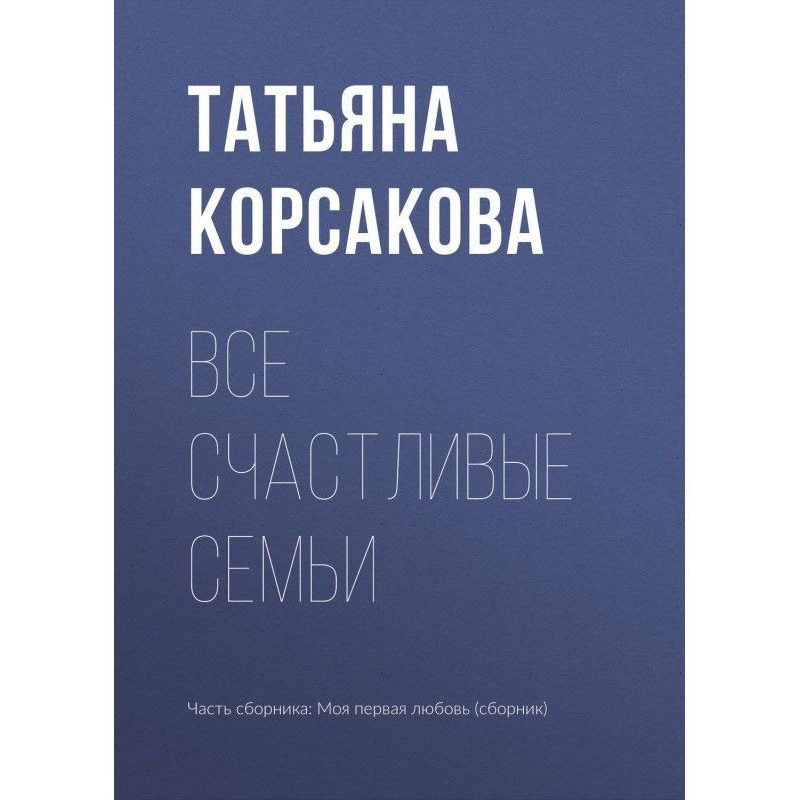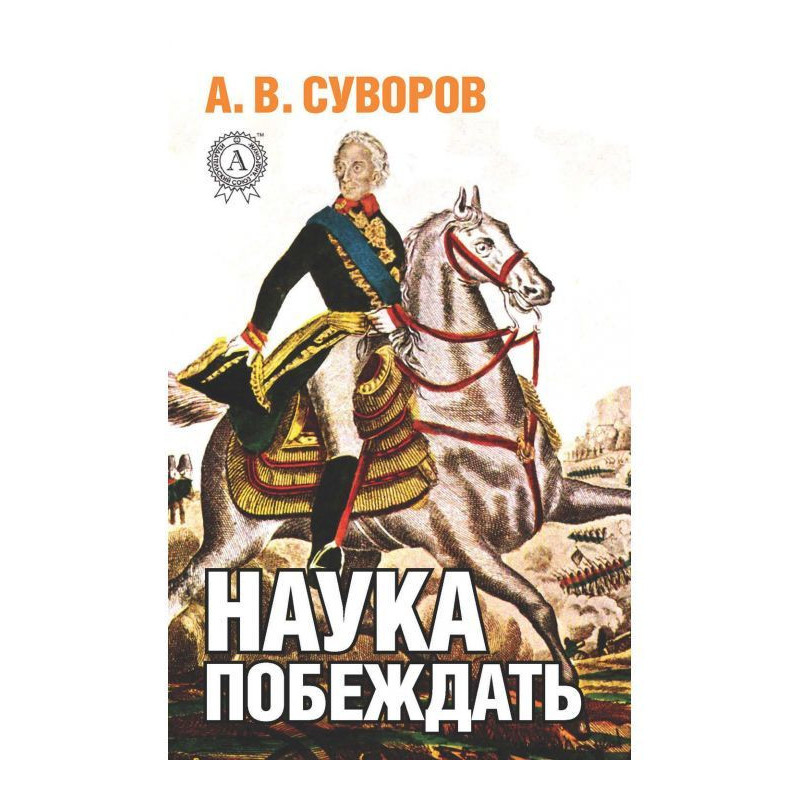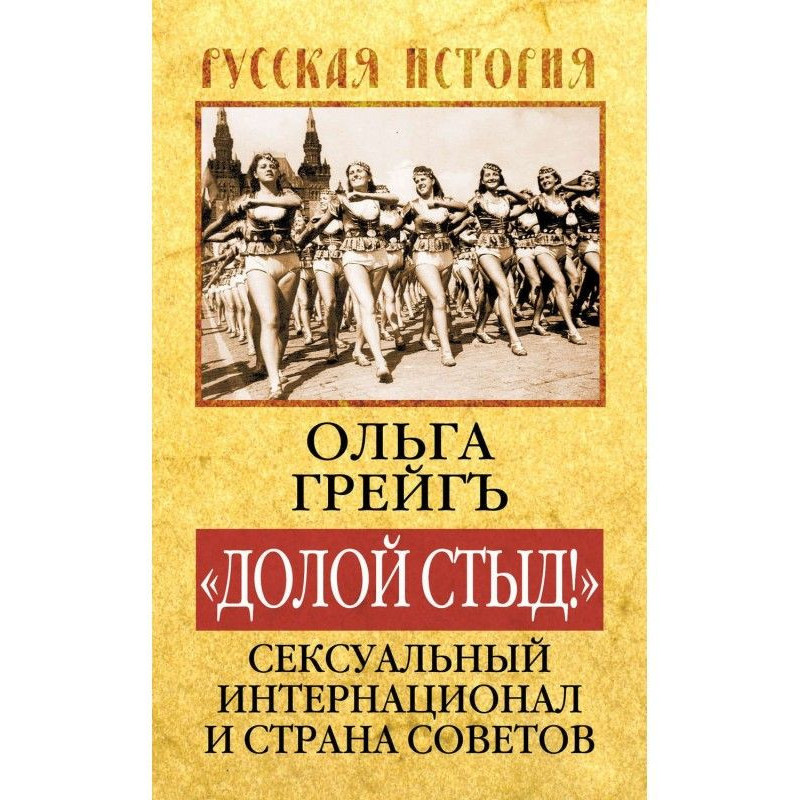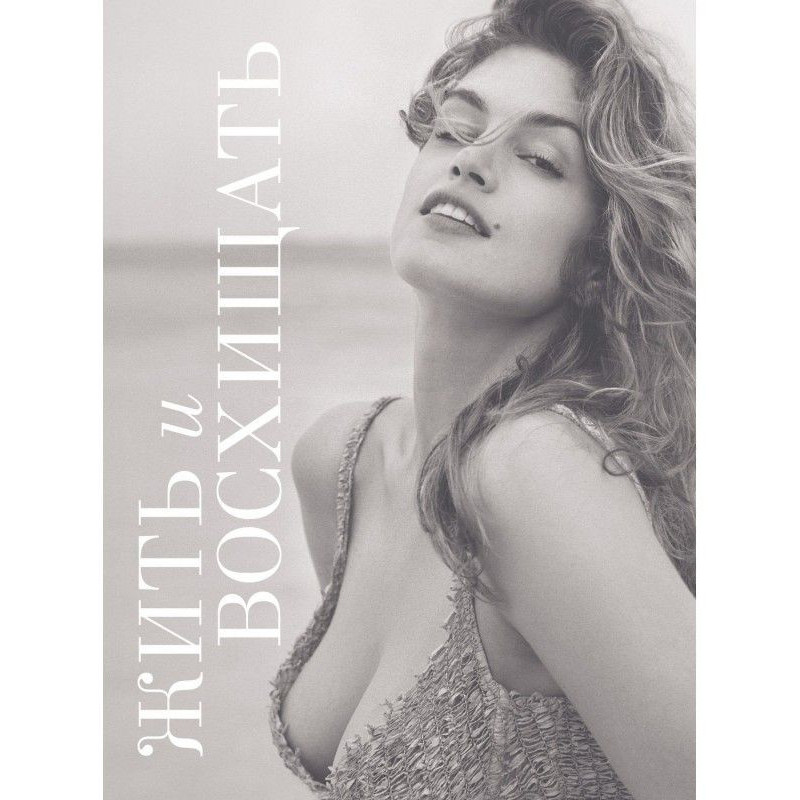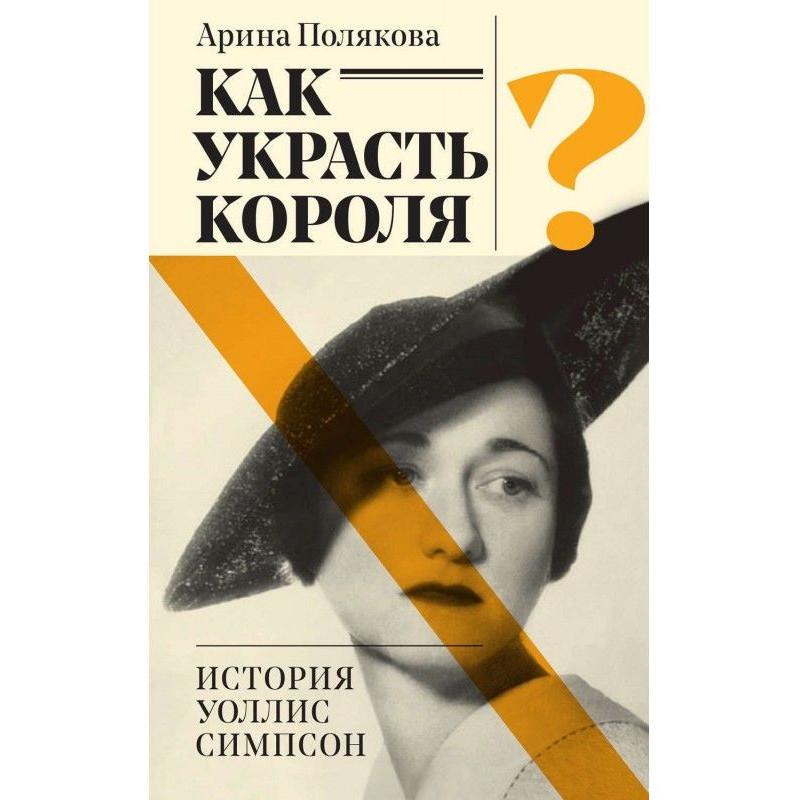Marie Curie
 Instant download
Instant download
after payment (24/7)
 Wide range of formats
Wide range of formats
(for all gadgets)
 Full book
Full book
(including for Apple and Android)
Isaac Newton said: “If I have seen further than others, it is because I have stood on the shoulders of giants.” Modern scientists also continue to rely in their research on the work of their giant predecessors. One of them, undoubtedly, is Marie Curie (Sklodowska-Curie) (1867-1934), twice Nobel Prize laureate, honorary member of 106 scientific institutions, academies and scientific societies, a legendary person who remains to this day a unique example in the history of the world science.Maria Sklodowska was born in Poland, which at that time was part of the Russian Empire. A fateful meeting with her future husband Pierre Curie in Paris opened the door to a world of new opportunities for her. In 1898, she and her husband discovered new chemical elements - polonium and radium - and introduced the term “radioactivity” into scientific use. In 1903, the Royal Swedish Academy of Sciences awarded the Curie and Henri Becquerel Nobel Prize in Physics for their research into radioactivity. Marie Curie became the first woman to receive this honorary award. In May 1906, after the tragic death of Pierre Curie, Marie became the first woman to teach at the Sorbonne. In 1910, she finally managed (in collaboration with André Debirne) to obtain metallic radium and thereby complete the cycle of research begun 12 years earlier. Curie developed a method for measuring radioactive emanations and produced for the International Bureau of Weights and Measures the first international standard of radium, a pure sample of radium chloride, with which all other sources were to be compared. In 1911, Marie Curie was awarded the Nobel Prize in Chemistry "for her outstanding services in the development of chemistry: the discovery of the elements radium and polonium, the isolation of radium and the study of the nature and compounds of this remarkable element." Marie Curie dedicated her entire life to serving science; her works revolutionized ideas about the physical world and allowed us to penetrate deeper into the secrets of the universe.
Data sheet
- Name of the Author
- Анастасия Жаркова Евгеньевна
- Language
- Russian
Reviews
Неперевершена історія видатної жінки!
Книга про Марію Кюрі - це не просто біографія, а справжнє натхнення для всіх, хто цікавиться наукою та історією. Автор вдало передає не лише факти з життя цієї геніальної вченого, але й емоції, переживання та виклики, з якими вона стикалася на своєму шляху. Читач має можливість зануритися в епоху, коли жінки ще не мали рівних прав у науці, і побачити, як Марія, незважаючи на всі труднощі, змогла досягти величезних успіхів. Її відкриття, зокрема полонію та радію, змінили світ, а її відданість науці та безмежна пристрасть до досліджень надихають нові покоління вчених. Книга написана доступною мовою, що робить її цікавою не лише для науковців, а й для широкого кола читачів. Рекомендую всім, хто хоче дізнатися більше про цю неймовірну жінку та її внесок у світову науку!

